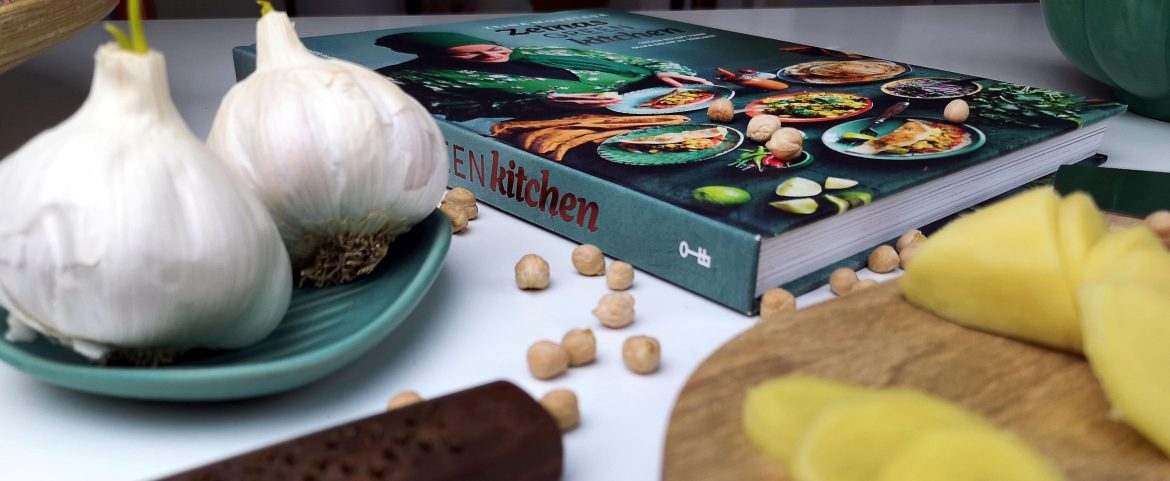TL;DR
Zeina Mourtada's new vegetarian cookbook, "Zeina's Green Kitchen," is a vibrant exploration of global flavors, drawing inspiration from Asia, the Middle East, Africa, and the Balkans. Packed with about 70 novel recipes, it introduces unfamiliar ingredients with a helpful glossary and features dishes categorized for easy browsing. The author's genuine warmth and passion shine through, just like on her popular blog and TV appearances. While the food itself is described as exceptionally flavorful and generously seasoned (especially the standout mercimek köftesi), the reviewer notes that the photography, unfortunately, doesn't quite do justice to the stunning dishes. Ready to discover a cookbook that makes you want to cook *everything*? Dive into the full review!
This is Zeina Mourtada‘s second cookbook. For those unfamiliar with her work, she maintains a popular food blog and frequently appears on TV4’s morning program, as well as in SVT’s food program, Timjan, tupp och tårta.
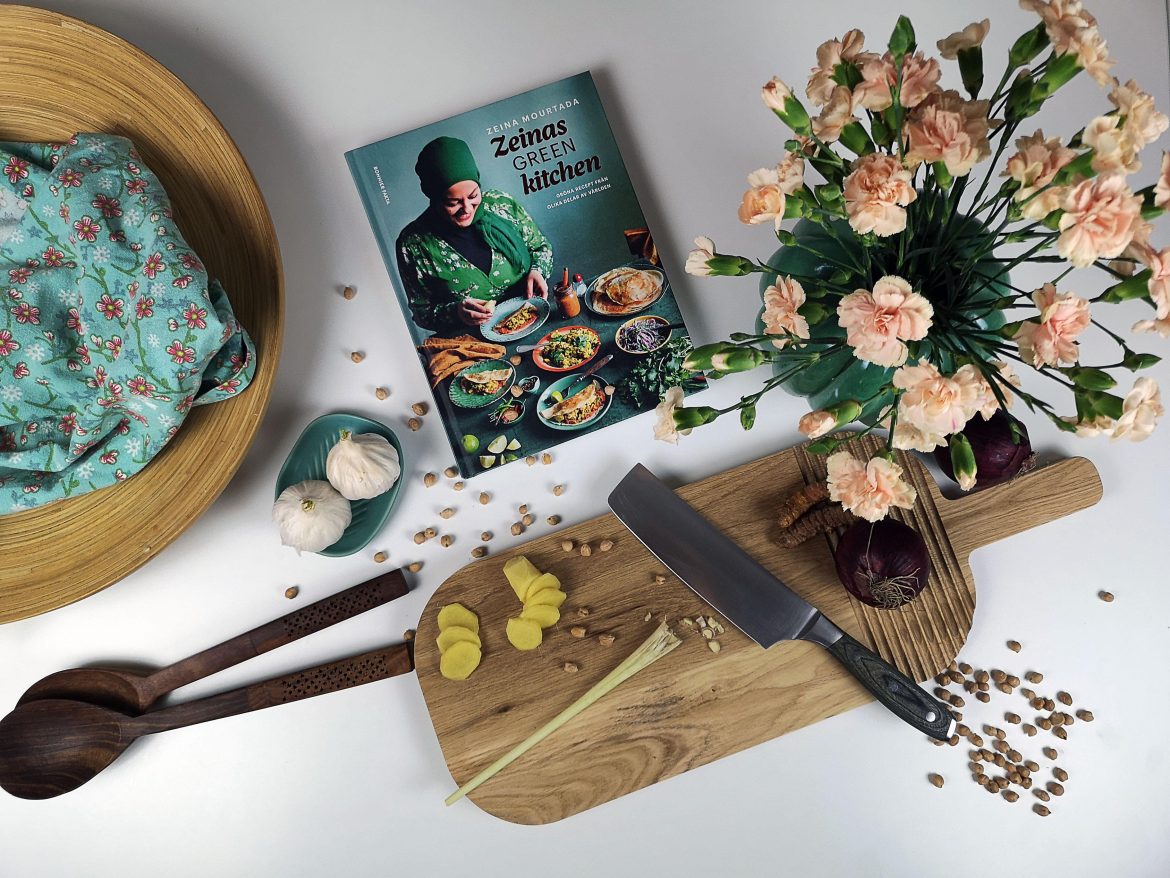
Zeina’s cooking draws inspiration from global cuisines, and her passion for food and culinary arts is evident throughout the recipes. There’s a genuine authenticity and positive energy that resonates whether you’re watching her on television, following her on social media, or reading her blog. This same quality extends to the cookbook, which I’m reviewing here. It’s always impressive when content creators take the time to engage with their audience and express sincere gratitude for their support. Zeina deserves recognition for this dedication to her followers, reflecting her genuineness and warmth.
Zeina’s green kitchen is, as the title indicates, a vegetarian cookbook featuring numerous inspiring and novel recipes. The introduction of new flavors and ingredients is always welcome, whether they are entirely unfamiliar or simply ingredients that you’ve known about but never incorporated into your cooking. The book includes a concise glossary of less common ingredients, such as tahini, ghee, tempeh, galangal root, and fava beans. While fava beans themselves may be familiar, their culinary applications are diverse.
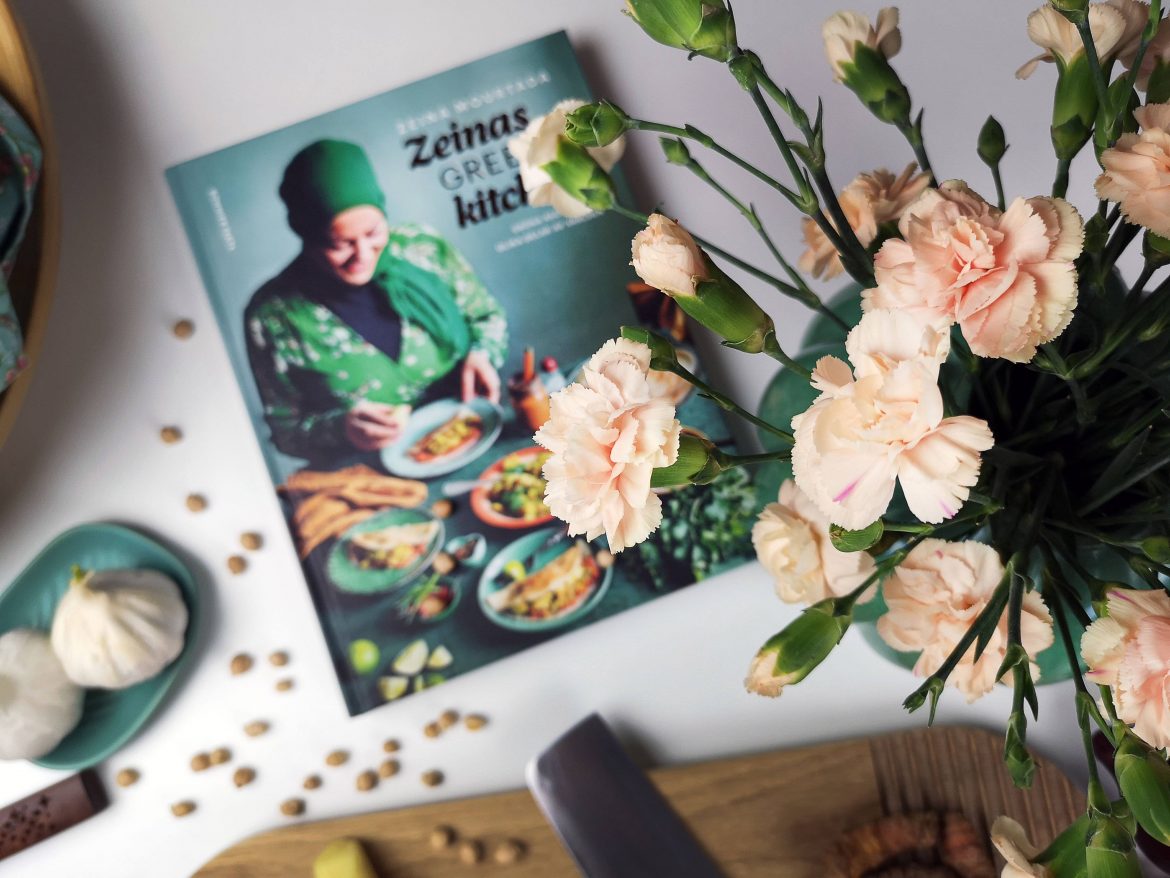
The recipes are organized into categories like soups, stews, salads, breads, and dips. In total, the book contains approximately 70 recipes. I admit I didn’t perform an exact count, as I was distracted by the enticing possibilities.
The selection of recipes is comprehensive and satisfying. With a focus on Asian, Middle Eastern, African, and Balkan cuisines, the book explores dishes from regions often underrepresented in Swedish cookbooks. It’s worth noting that certain dishes have variations across different countries, each offering a unique interpretation.
I recommend reading the foreword; Zeina shares a piece of advice from her mother that I wholeheartedly endorse: “You can skimp on everything in this life, but never on food.” Also, be sure to read her acknowledgments at the end of the book. And, of course, don’t neglect the recipes in between.
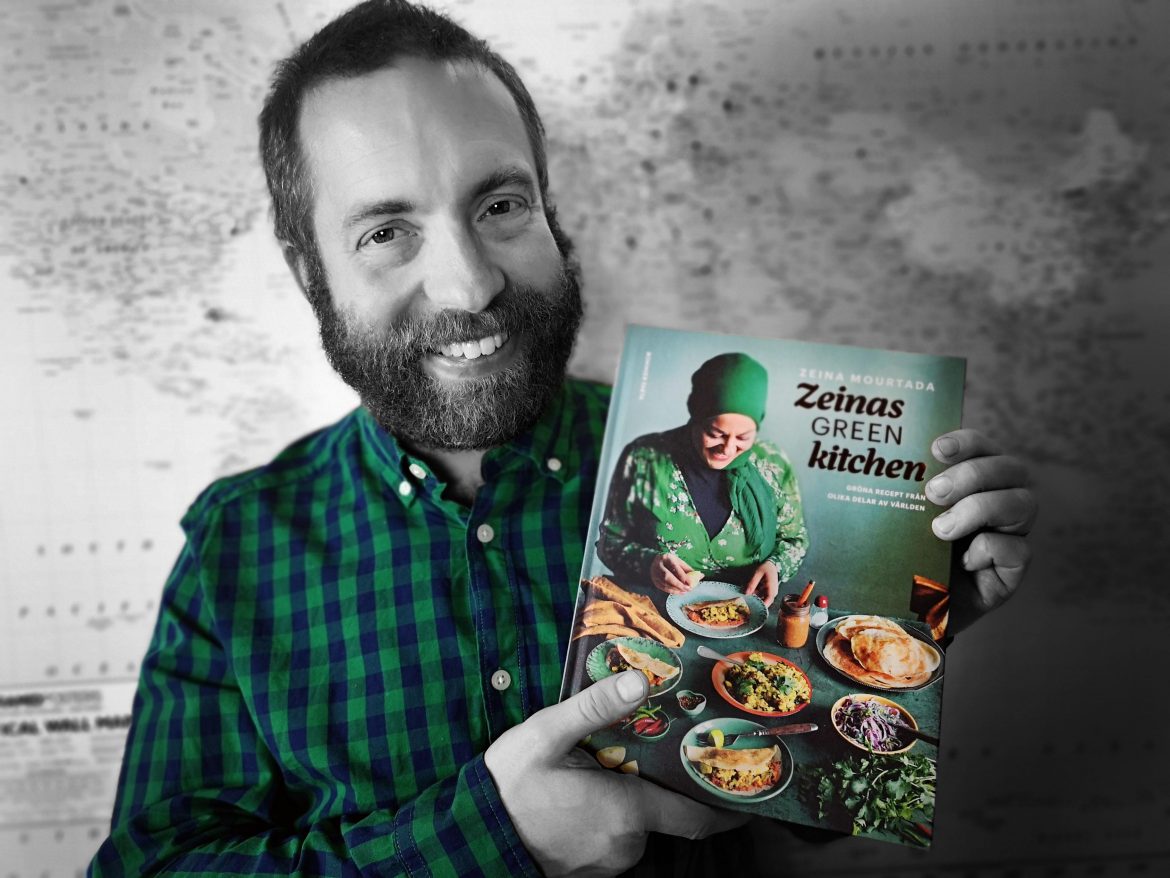
A notable aspect of the recipes is their generous use of seasoning. Many cookbooks tend to be conservative with seasoning recommendations. While most recipes include “to taste” instructions, a bolder approach is often preferable. Seasoning is a detail I frequently address in my reviews.
One recipe that particularly stood out and provided a fantastic culinary experience is the mercimek köftesi; Turkish lentil patties. These patties deliver rich, intense flavors that fully engage the palate. I understand why this is one of the most popular recipes on her blog, as she mentions in the recipe’s introduction. The inclusion of a brief introduction with each recipe is a welcome touch.
Visuals are crucial in a cookbook. While a recipe should ideally stand on its own merits, we also experience food visually, making photography incredibly important. Pictures provide the reader with an understanding of potential presentations and enhance the overall appeal.
My only reservation regarding the book concerns the photographs. They don’t fully capture the appeal of Zeina’s exceptional food. The images, while adequate, lack a certain vibrancy. Given the quality of her dishes, the photographs could have been significantly more impactful. Printing them on glossy paper would have enhanced their depth and visual impact.
In conclusion, I must emphasize that very few cookbooks have inspired me to want to prepare every recipe within their pages. This is one of those rare exceptions.
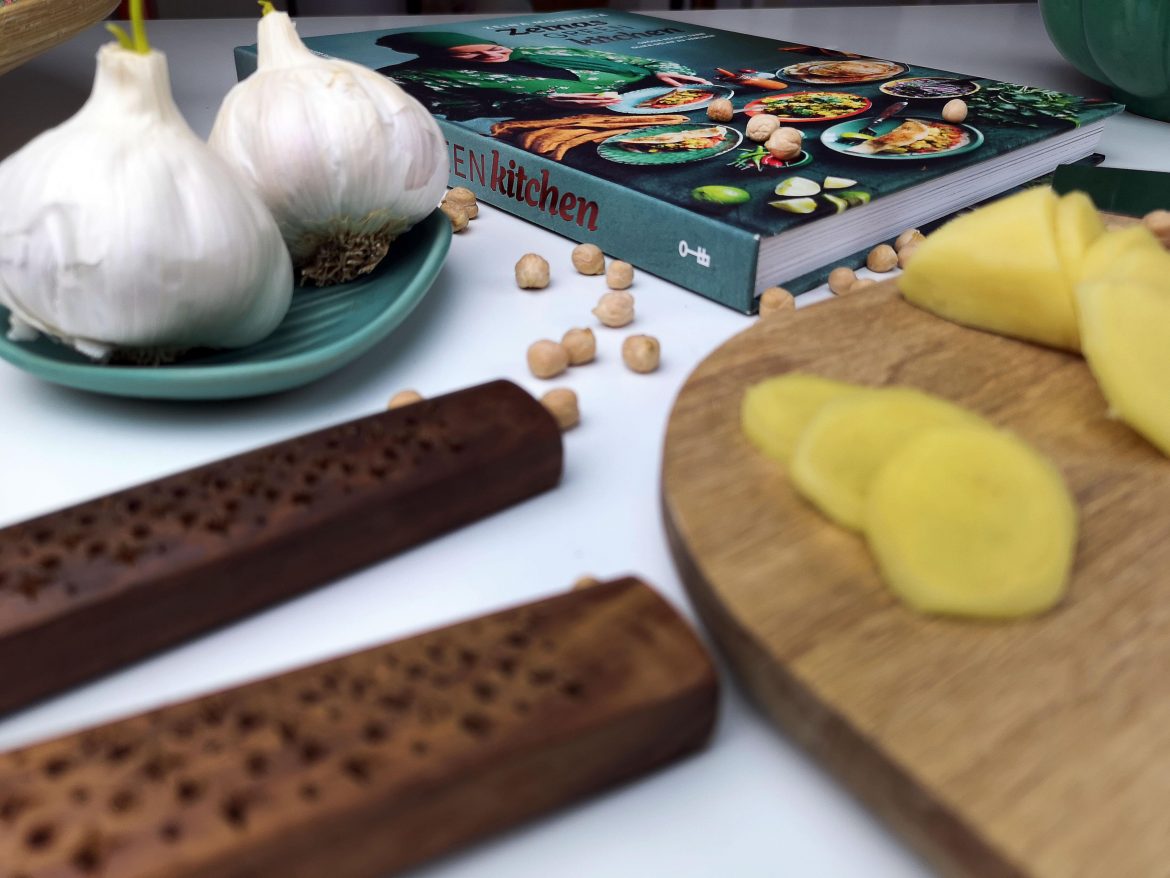
Photographs by Jessica Lycker.
